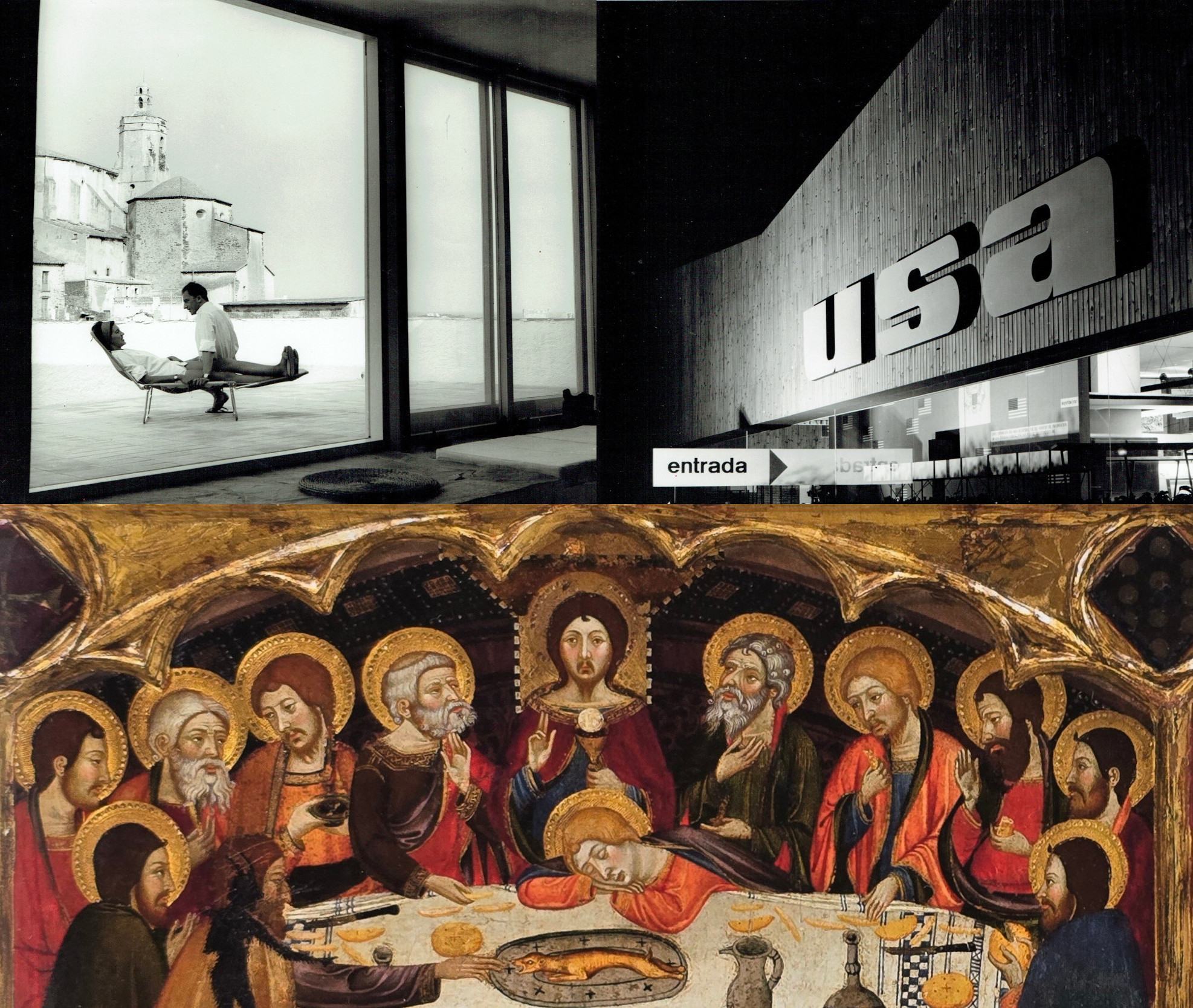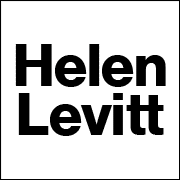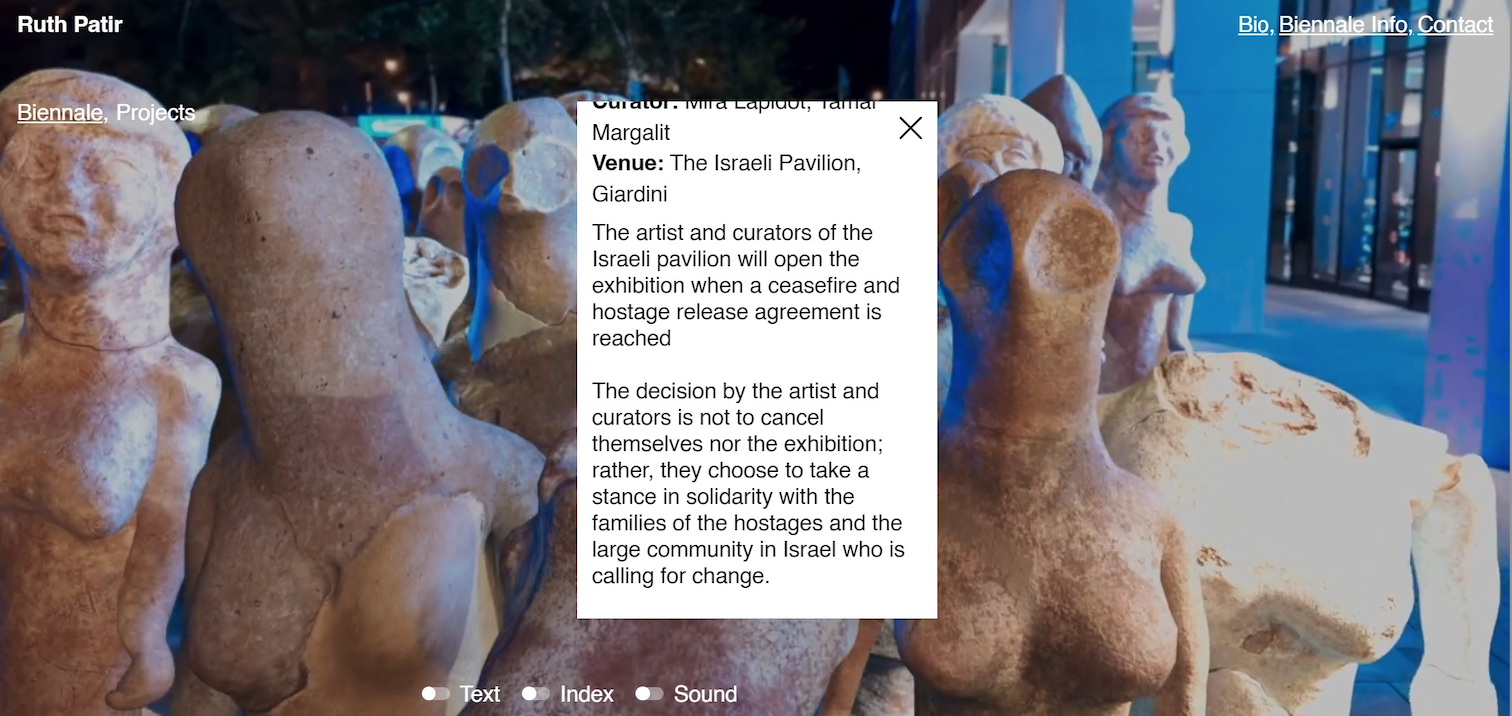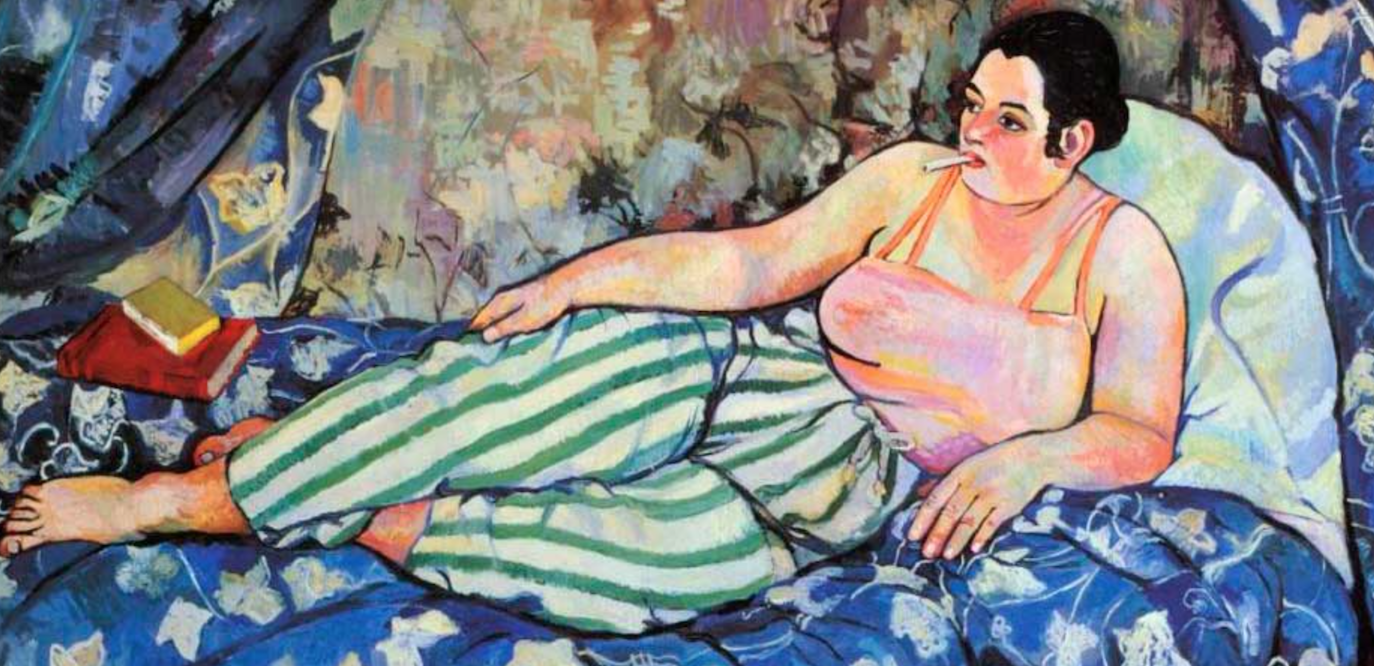Opinion
The American radar as a lost mirror
"The traveling exhibitions with hall trucks are characterized by a use of monumental and direct photography in reticular compositions that remind me of the golden polyptychs of the Gothic altarpieces that I admire at the MNAC in the exhibition of 'The Lost Mirror'"

Immersed in the reading of Vicenç Altaió's last book, The American Radar. Architecture, art, visual communication and the cold war, I entered the MNAC to see the exhibition The Lost Mirror. Jews and converts in the Middle Ages, and an enlightenment struck me; the buried link between the two works (book and exhibition) despite the centuries of distance, the struggle of religions and classes all by way of "reason" and rationalism; propaganda struggles between iconoclasts and iconoclasts, cross-disputes across time and space.
On the day that the exhibition The Lost Mirror was presented, at the Prado Museum in Madrid, the attack by Hamas on Israel had just taken place and someone among the journalists commented to the director of the museum that in that political context the exhibition seemed opportunistic... (1) Nothing suggested that such an attack would take place and exhibitions of this type are prepared years in advance... so what would motivate that comment?... perhaps the fact that, beyond of reason, history, short or long, always leads us to think about the present...
The American radar is the longest art history telegram in the world, surpassed only in density as a text by Joyce's Ulysses (2). The work of Vicenç Altaió is a well of science full of crossed data that reveal to us a fascinating world around rationalist architecture and concrete art in post-war Europe by two men, Peter G. Harnden (architect from New York) and Lanfranco Bombelli (architect from Milan) who by chance of life (chance?) ended up in rough Cadaqués, first as leisure, then as an architectural and artistic experience. They integrated their architecture into the place although they may not have integrated with the town and its history. In any case, they made history and as a last will they asked to be buried there, in the middle of their wild landscape.
Altaión's work has the Venice syndrome, that is to say, the beautifully monstrous thing that Jennyfer Gough-Cooper and Jacques Caumont did in their ephemeris on Marcel Duchamp at the Duchamp exhibition in Venice in 1993 ; the entire life of the master in a single year, that is to say, all the documented January 1sts of Duchamp's life one after the other and so on for all the days of all the months until completing a single year that compresses 81 An anti-index, a monumental precedent for Fracassar Hacmorià, and thus Viçenç Altaió, following this stele, deprives us of any index of quotations, no onomastic guide, nothing, we have to read the work without shortcuts, like Joyce's Ulysses... (we know that there is a poetic will in everything as in the Gough-Cooper&Caumont case, an odyssey of words, data and neural crossings...).
Harnden, commissioned architect of the Marshall Plan hires Bombelli to set in motion a large logistics of propaganda throughout Europe, towards the virtues of architectural rationalism and the design of common and domestic objects first and later of the industrialization of agriculture and livestock The Spanish state, excluded from this plan because it is fascist, finally takes a piece out of it through the back door, as a necessary anti-communist, basically because of the military interests of the USA which the radar spheres on the Pení hill in Cadaqués graphically make clear. How synchronized by these spheres Harnden and Bombelli arrive at sea; also Duchamp, who in fact returns...
Altaió's book details in detail all the movements of this Harnden-Bombelli society throughout Europe and the world, its contacts, artistic and social and to a certain extent political. Heirs of the Bauhaus, particularly Bombelli who worked with Max Bill, practice a humanist rationalism and an aesthetic we could say iconoclastic; (although this is impossible, like not being...) of self-referential geometry. Everything has a fresh and seductive air of "something clean, noble, cultured, free..." (paraphrasing Salvador Espriu) everything here was both alien and desirable... At home (farmhouse) the mother (mine, I mean) who studied at a Swedish school during the civil war, always longed for this clean north that he never reached, while the father dreamed more pragmatically of the Paquali tractors that he had and the whole arsenal of Bayer chemistry that he had they would make field work easier and more productive... The Marshall Plan that Harnden and Bombelli promoted with their extraordinary and dynamic communication strategies was this wholesale. Altaión unfolds in detail and documented this journey of the Harnden-Bombelli adventure from Bombelli's formative years (1940-1950) through the visual information of the Marshall Plan and the orders of the US Department of Agriculture (1950-1960) until thaw -of the cold war- (Cadaqués-Barcelona 1959-1971) and local internationalism in Cadaqués (1971-1982).
The traveling exhibitions with hall trucks are characterized by a use of monumental and direct photography in reticular compositions that remind me of the golden polyptychs of the Gothic altarpieces that I admire at the MNAC in the El Mirall perdut exhibition. Some preaching the "reason" of Christianity versus the Jews and the others "individualistic rationalism" versus communism, of course...
Harnden and Bombelli's relationship with the architect Josep Antoni Coderch is very interesting, linking them to Barcelona and Cadaqués. In the book we see how the modern commitment to architecture is combined with social relations of members of a Franco regime that to some extent tolerates and takes advantage of the modernity of the bourgeoisie and well-to-do classes. In any case, the activity of Harnden and Bombelli in Barcelona and especially in Cadaqués will be the construction of luxury houses, far from the postulates of the Bauhaus and the Marshall Plan, houses that are otherwise beautiful and modern and well integrated into the landscape that Altaió describes in detail and meticulously. Makes you want to go, enter, see and experience them.
The Penín radar as a metaphor speaks to us of a world outside the land we tread on; the American liberators of Europe watching over the Soviet bloc from the lair of the tolerated fascist … (the lesser evil … the Marxists would say) and the brilliant international colony of free architects and artists who illustrate us without including us. At an advanced point in the book, Altaió transcribes a surprising conversation between Bombelli and the carpenter Mario Giró; He had a mania for the townspeople. He spoke seven languages, but he never made any effort to speak the language of the people: Yo le hablaré en catalán el día que usted me hable en ingles, me digué en Castilian.../... he died without ever having greeted a fisherman (p. 342). This crack in the "beautiful plant of Bombelli" reminds me of an older chronicle regarding the international colony of Cadaqués by Tharrats in his book Cent years of painting in Cadaqués (Edicions del costal SA 1981). Tharrats says; Mary Callery did not usually separate herself from the group of Americans, and she showed a total indifference towards the artists of the country. You could say that he didn't even have a reason for his existence. I think that for her Cadaqués must have been a kind of American fiefdom with all the decoration and exoticism you can imagine (P 122).
Some locals (or rather, Catalans) also had their prejudices. Coderch, who decisively intervened so that Harnden and Bombelli settled in his beloved Cadaqués, left the town forever more before the arrival of the Intellectuals and the artists and the fags (P.308). Otherwise, Richard Hamilton and Marcel Duchamp, although they went their own way, had a more open attitude. We know from the direct testimony of Juan Genovès that Marcel Duchamp spoke Catalan, (4) which Bombelli never did in his fifty years of stay in the country.
The American radar offers us so many interesting names, linked and intertwined with Cadaqués and the life adventure of Harnden and Bombelli that if Altaió had not had the poetic impulse to omit the onomastic index this volume would have 20 more pages. Harnden-Bombelli's analytical descriptions of the iconic houses of Cadaqués are a delight. Noteworthy is the extensive chapter dedicated to Duchamp and perhaps even more so the chapter dedicated to the sculptor Mary Callery, the most extensive and complete review published in our house on this artist after Tharrats' note on the aforementioned work One Hundred Years of Painting in Cadaqués and especially the pioneering work (exhibition and catalogue) Paint, create, live. Women artists in the Upper Empordà (1830-1939) by Cristina Masanés (Museu de l'Empordà 2020) where Callery shines, among others, alongside Mey Rahola or Ángeles Santos Torroella.
On October 24, 1971, Peter G. Harnden died. To be able to condition the part of the Cadaqués cemetery intended for non-Catholics, Bombelli devised the edition of a folder of graphic works with which to collect funds and thus the Cadaqués porfolio one was born with the work of twelve mostly registered artists in concrete abstraction, a movement in which Bombelli participated in the forefront at the beginning of the 50s, as Altaió explains in detail in the first part of the book. The success of Porfolio one led to the creation of the Cadaqués Gallery which meant the beginning of a new life for Lianfranco Bombelli. In the world of Catalan art, Bombelli is the architect of Cadaqués, but perhaps even more the gallerist of the Cadaqués Gallery, of Hamilton and Duchamp, the artist of Duchamp's first solo exhibition in Catalonia (3) and of completing the edition of one of Duchamp's last multiple works, the Bouche evier from 1964-1981, but with Altaió's research emerges Lianfranco Bombell Tiravanti fleeting figure of concrete abstract art. With his new function as a gallerist, he regains "the craft of painting" although it is perhaps too late for full dedication. In fact, with his practical sense of things, his gallery opens up to all those expressions that touch Muntadas to Miralda, Tharrats, Arranz Bravo& Bartolozzi and above all in a special way Richard Hamilton king of iconodulia (which for an iconoclastic geometer is no small thing...) and Duchamp, who posthumously became his most celebrated bet. Curiously, we do not know any photos of the Duchamp exhibition at the Cadaqués Gallery...
From the American radar, Altaió deploys different waves related to the international community and its Catalan peers (Coderch, Corberó etc.) who under the country's blazing light practice (a way of preaching by example) modernity, rationality and individualistic freedom of which Harnden and Bombelli are the guiding thread. Some of these waves are bright and captivating, others more electric fried, disturbing. Across the pages floats a question that is not pronounced but that is at the tip of "the tongue of the book"; how can all those free souls summer in the middle of a dictatorship? They understand it from the mystical-atomic Avidadollars Dalí, but what about Duchamp?... Altaió cites the case of Hemingway, who although far from Cadaqués is a striking case of ideological contradiction in Un estiu perillós (p. 213).
Perhaps the redemptive radar appeared to Hemingway as the Christ of the vine appeared to the Jew of Toledo in the 15th century, producing in him a convenient ipso facto conversion (The lost mirror p.73) perhaps things are not so simple and we can like the rationalist works of the anti-Catalan Mr. Bombelli and even those of a homophobic and pro-Franco Catalan like Coderch. On pages 237-238 Altaió, who has written the entire book with the intention of both historical research and poetic essay, proposes a concrete action: One day we should dare to listen to the Goldberg Variations in front of the Coderch building (on the street Johann Sebastian Bach from Barcelona) while the shutters (of the blinds) open and close with technical precision as if it were an architectural ballet. Let's do it!








